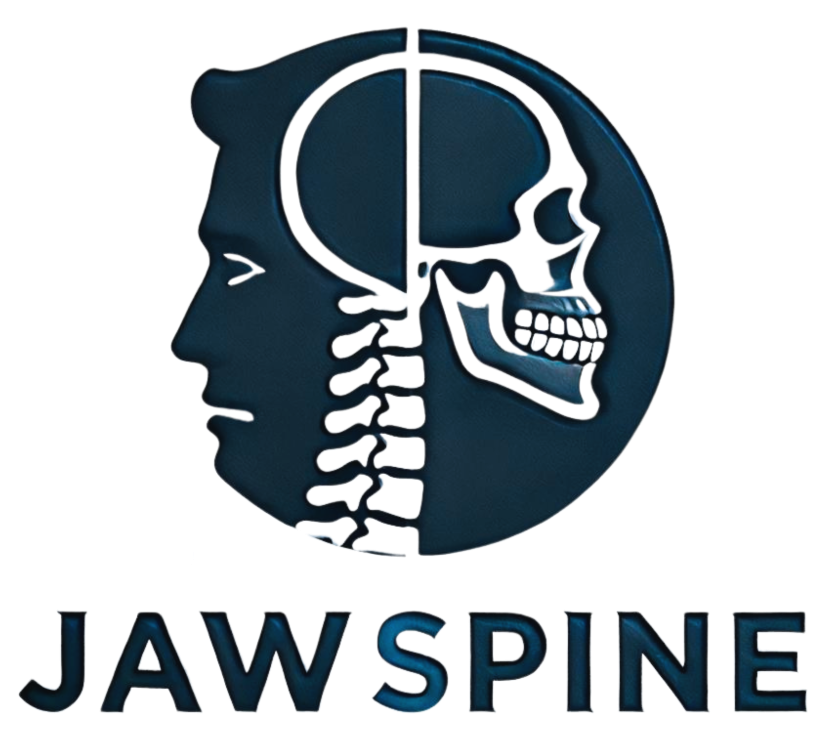Shockwave Therapy

What is Shockwave Therapy?
Shockwave Therapy, also known as Extracorporeal Shockwave Therapy (ESWT), is a non-invasive treatment that uses high-energy sound waves to stimulate healing in damaged tissues. Originally developed to treat kidney stones, shockwave therapy has become a popular and effective method for addressing a wide range of musculoskeletal conditions. It is particularly beneficial for chronic pain and injuries that have not responded to other forms of treatment.
How Does Shockwave Therapy Work?
Shockwave Therapy works by delivering acoustic waves to the affected area. These waves create microtrauma or controlled injury within the tissues, which stimulates the body’s natural healing processes. The treatment encourages the formation of new blood vessels, accelerates tissue repair, and reduces pain by breaking down scar tissue and calcifications. This process promotes long-term healing and relief from chronic pain.
Key mechanisms of Shockwave Therapy include:

Increased Blood Flow
Shockwave Therapy promotes the growth of new blood vessels in the treated area, which improves circulation and accelerates healing.

Breakdown of Scar Tissue and Calcifications
The acoustic waves help break down abnormal deposits of calcium and scar tissue that may be contributing to pain and limited mobility.

Stimulation of Collagen Production
Collagen is an essential component of connective tissues, and Shockwave Therapy stimulates its production, leading to stronger and more resilient tissues.

Reduction of Pain
Shockwave Therapy interrupts pain pathways and reduces nerve sensitivity, providing immediate and lasting pain relief.
Benefits of Shockwave Therapy in Chiropractic Care
Shockwave Therapy offers numerous benefits as part of a comprehensive chiropractic treatment plan. Here’s how it can enhance your recovery and well-being:
- Effective for Chronic Pain: Shockwave Therapy is particularly beneficial for chronic pain conditions, such as tendinitis, plantar fasciitis, and shoulder pain, that have not responded to other treatments.
- Non-Invasive Treatment: Shockwave Therapy is a non-surgical, non-invasive option that does not require medication or lengthy recovery times, making it a safe and convenient treatment choice.
- Quick and Efficient: Treatment sessions are typically short, lasting about 10-20 minutes, and most patients experience significant improvement after just a few sessions.
- Long-Term Healing: Unlike treatments that only mask pain, Shockwave Therapy addresses the root cause of the issue by promoting healing and regeneration at the cellular level, leading to long-term relief.
- Versatile Applications: Shockwave Therapy can be used to treat a wide range of conditions, making it a valuable tool in the management of musculoskeletal pain and injuries.


Conditions Treated with Shockwave Therapy
Shockwave Therapy can be used to treat a variety of conditions, including:
- Plantar fasciitis
- Achilles tendinitis
- Tennis elbow (lateral epicondylitis)
- Golfer’s elbow (medial epicondylitis)
- Rotator cuff injuries
- Patellar tendinitis (jumper’s knee)
- Calcific shoulder tendinitis
- Shin splints
- Chronic muscular pain
- Stress fractures
- Hip pain
- Myofascial trigger points
FAQ
During a Shockwave Therapy session, a handheld device is used to deliver acoustic waves to the affected area. The therapist will apply a gel to the skin to ensure effective transmission of the waves. As the treatment begins, you may feel a series of rapid, tapping sensations as the waves penetrate the tissues. Most patients find the treatment tolerable, though some may experience mild discomfort depending on the intensity and location of the treatment.
Each session typically lasts between 10 and 20 minutes, and the number of sessions required depends on the severity of your condition. Most patients start to notice improvement after the first session, with optimal results usually achieved after 3 to 5 sessions.
Shockwave Therapy is an innovative and effective treatment option for those suffering from chronic pain or stubborn injuries that have not responded to other treatments. Its ability to stimulate healing, reduce pain, and improve function makes it a powerful tool in chiropractic care. Whether you’re an athlete looking to recover from an injury, or someone struggling with chronic pain, Shockwave Therapy can help you achieve lasting relief and return to your daily activities with greater comfort and ease.
26 Wellington St E, Unit 110, Toronto, ON M5E 1S2, Canada
Hours
Friday: 9 am – 5 pm
Saturday: 10 am – 4 pm
Sunday: Closed
Direct Billing Available in Toronto
Belleville
Belleville Quinte Chiropractic & Sports Injury Clinic
65 Dundas St E. Belleville ON K8N 1B9
Hours
Mon & Tue: 8:30 am – 2:30 pm
Wednesday: 8:30 am – 6 pm
Thursday: 2:30 pm – 6 pm
Direct Billing Available in Bellevile
Picton
County Chiropractic Centre
49 Main Street, Picton, ON K0K 2T0
Hours
Tuesday: 3 pm – 6 pm
Thursday: 9 am – 2 pm
Wellington
County Chiropractic Centre
296 Wellington Main St, Wellington, ON K0K 3L0
Hours
Monday: 3 pm – 6 pm
Working Hours
- Monday: 8:30 am – 2:30 pm (Belleville) | 3 pm – 6 pm (Wellington)
- Tuesday: 8:30 am – 2:30 pm (Belleville) | 3 pm – 6 pm (Picton)
- Wednesday: 8:30 am – 6 pm (Belleville)
- Thursday: 9 am – 2 pm (Picton) | 2:30 pm – 6 pm (Belleville)
- Friday: 9 am – 5 pm (Toronto)
- Saturday: 10 am – 3 pm (Toronto)
Our Popular Services
At Jaw & Spine Chiropractic Centre, we are committed to providing comprehensive chiropractic care tailored to the unique needs of each patient. Our clinics specialize in the treatment of all neuromusculoskeletal disorders, with a particular focus on managing jaw and orofacial pain.
Quick Contacts
- Copyright 2025 The Jaw & Spine Doctor
